Blog
Blog
IADMS 2018 Helsinki: Interview with Invited Speaker - Nicky Keay
Dance Endocrinology is the consideration of the interactive networks of hormones that influence both health and dance training and performance. Typically imbalances in hormones can result in subtle changes, which my not be immediately obvious. Equally the cause of any endocrine disruption can be multifactorial. Nevertheless, identifying dancers with endocrine dysfunction is important to prevent adverse effects on health and therefore dance training and performance.
Read ArticleIADMS 2018 Helsinki: Interview with 'A Day For Teachers' Speaker - Nico Kolokythas
...11+ Dance is a protocol with specified progressions and regressions of the exercises depending on the abilities of the dancers, therefore can be replicated. The results indicate some physiological responses and there is also an indication of a decrease in the injury incidence. 11+ Dance, however, needs to be investigated further as the picture is not complete yet. We need longitudinal studies in order to be able to assess the effectiveness of the intervention.
Read ArticleIADMS 2018 Helsinki: Interview with Invited Speaker - Carolina Baeza
My presentation will focus on psychological/psychiatric aspects associated to joint hypermobility and hypermobility related disorders.
Read ArticleIADMS 2018 Helsinki: Interview with Invited Speaker - Fay Nenander
Within the framework of the ‘Macro-perspectives on dance teaching’ my theme – the importance of mental training and life-style skills – will hopefully help to illuminate the significance of giving the student dancer the necessary skills for acquisition of the “mind-set” needed by a successful professional dancer. This includes both mental training and life-style skills. However, I shall emphasize that this is not just important for the student dancer, but for all dancers.
Read ArticleIADMS 2018 Helsinki: Interview with Invited Speaker - Jari Salo
My presentation “Imaging the dancer” on Saturday introduces a cutting edge imaging technology for accurate diagnostics of knee / foot and ankle area. Cone beam CT (CBCT) imaging is the first 3D technology with ultra high 0,2mm isotropic resolution, and with a possibility to have imaging done under real weight bearing. With intra-articular contrast media, virtual arthroscopy and proper imaging of even thin cartilage layers of knee or TC-joint is possible.
Read ArticleIADMS 2018 Helsinki: Interview with Invited Speaker - Yiannis Koutedakis
We are happy to introduce Yiannis Koutedakis, a name those in the dance medicine and science field will recognize as having published some of the seminal work on dance science! We are looking forward to what I'm sure will be a phenomenal keynote lecture this October in Helsinki!
Read ArticleIADMS 2018 Helsinki: Interview with Invited Speaker - Camilla Knight
Throughout August and September, we will be publishing interviews with some of our invited speakers for #IADMS2018 in Helsinki. Check out our first interview with Camilla Knight!
Read ArticleDance Teacher Resources and A Day for Teachers 2018
Author: Gemma Harman on behalf of the IADMS Dance Educators’ Committee
With the next annual conference in Helsinki fast approaching, it seems timely to reflect back on the Dance Educators’ Committee’s blog posts that have been shared since last year’s meeting in Houston, Texas. This year has seen a vast array of posts created by dancers, educators, researchers and clinicians on sharing the current happenings in the field of dance medicine and science specifically aimed at educators and teachers.
Read ArticleIntroducing Helsinki as the next IADMS host city in October 2018!
Author: Jarmo Ahonen, DHF - IADMS 2018 Host Committee Member
This blog is to give you some insight on Finland as a country and Helsinki as the capital. Join us in Helsinki for IADMS Annual Conference. REGISTRATION IS NOW OPEN! Register at www.iadms.org/2018
Read ArticleIrene Dowd: The relationship of the scapulae and thorax whilst dancing. Reflections from the IADMS Annual Meeting, Houston, 2017
Author: Elsa Urmston on behalf of the IADMS Dance Educators’ Committee
This is the first in a series of blog posts about the shoulder. The IADMS Dance Educators’ Committee will soon be publishing a new resource paper to help dance teachers, educators and students to understand the complex anatomy, function and mechanics of the shoulder girdle. We will include activities to aid your understanding in an applied context. Keep an eye out for our next post. Meanwhile, after attending a workshop focussed on optimising shoulder mechanics, specifically focussed on the relationship between the rib cage and shoulder blades, Elsa shares some of the outcomes of the session led by Irene Dowd.
Read Article- IADMS 34th Annual Conference - Experience Point of View: Jennifer Milner
- IADMS 34th Annual Conference - Experience Point of View: Joanna Nicholas
- IADMS 34th Annual Conference - Experience Point of View: Erika Mayall
- Beginning ASL for Medical Students & Health Practitioners
- Relative Energy Deficiency in Dance
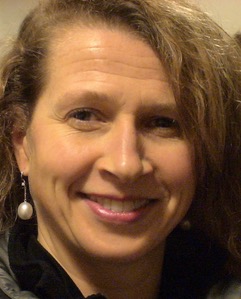
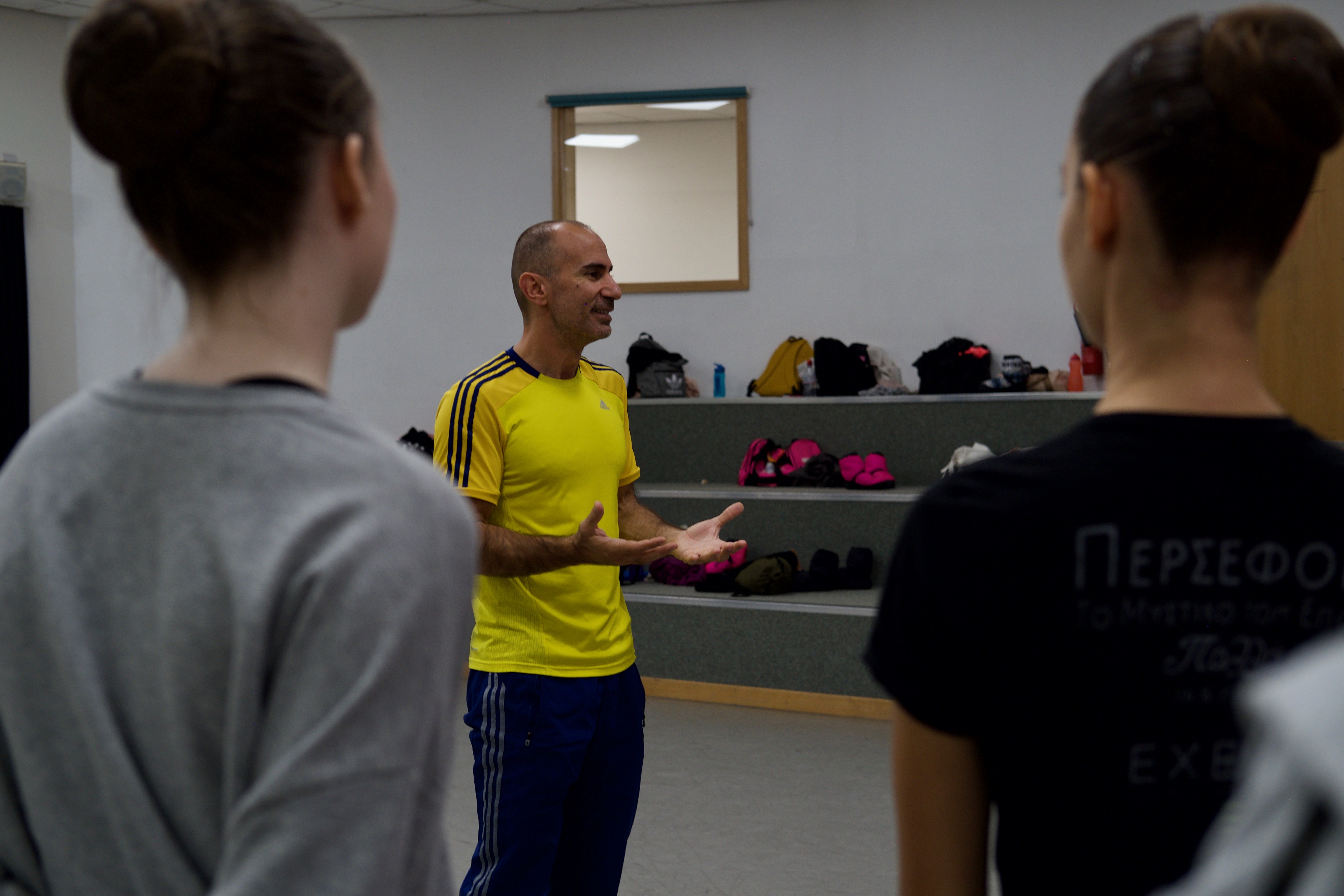
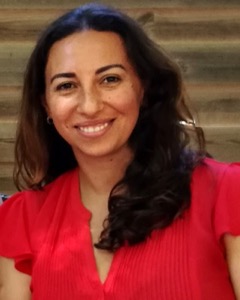



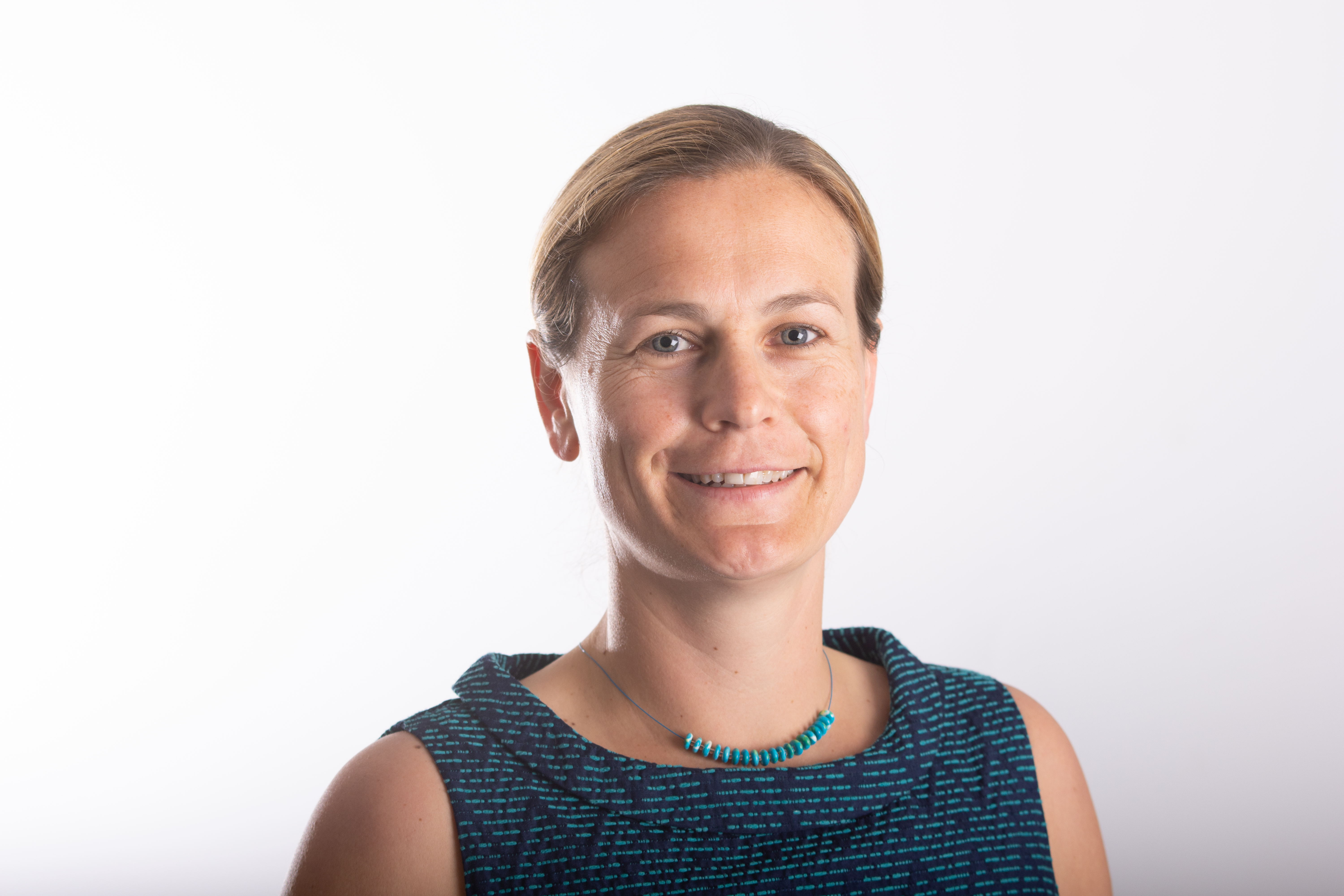
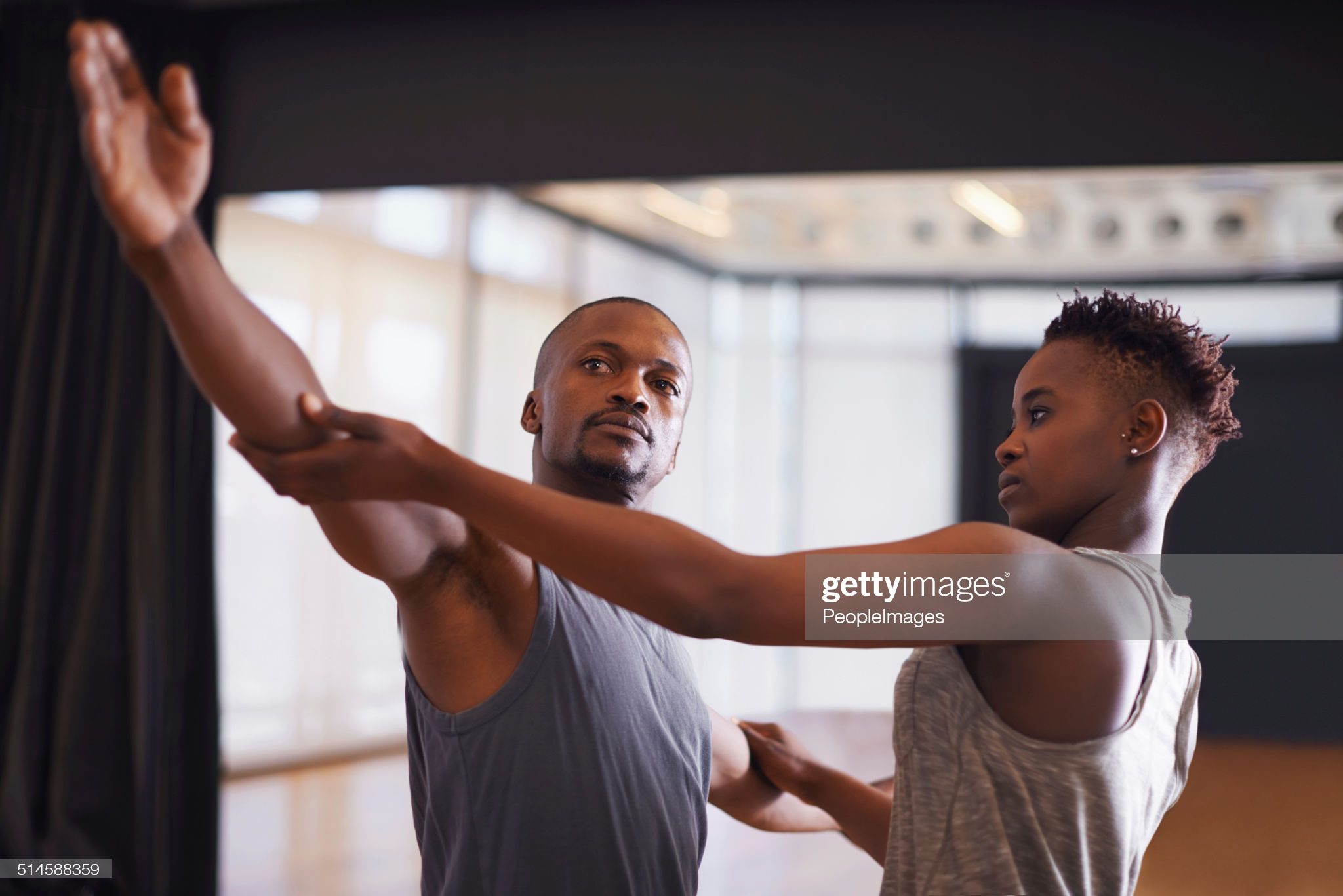


 BACK
BACK